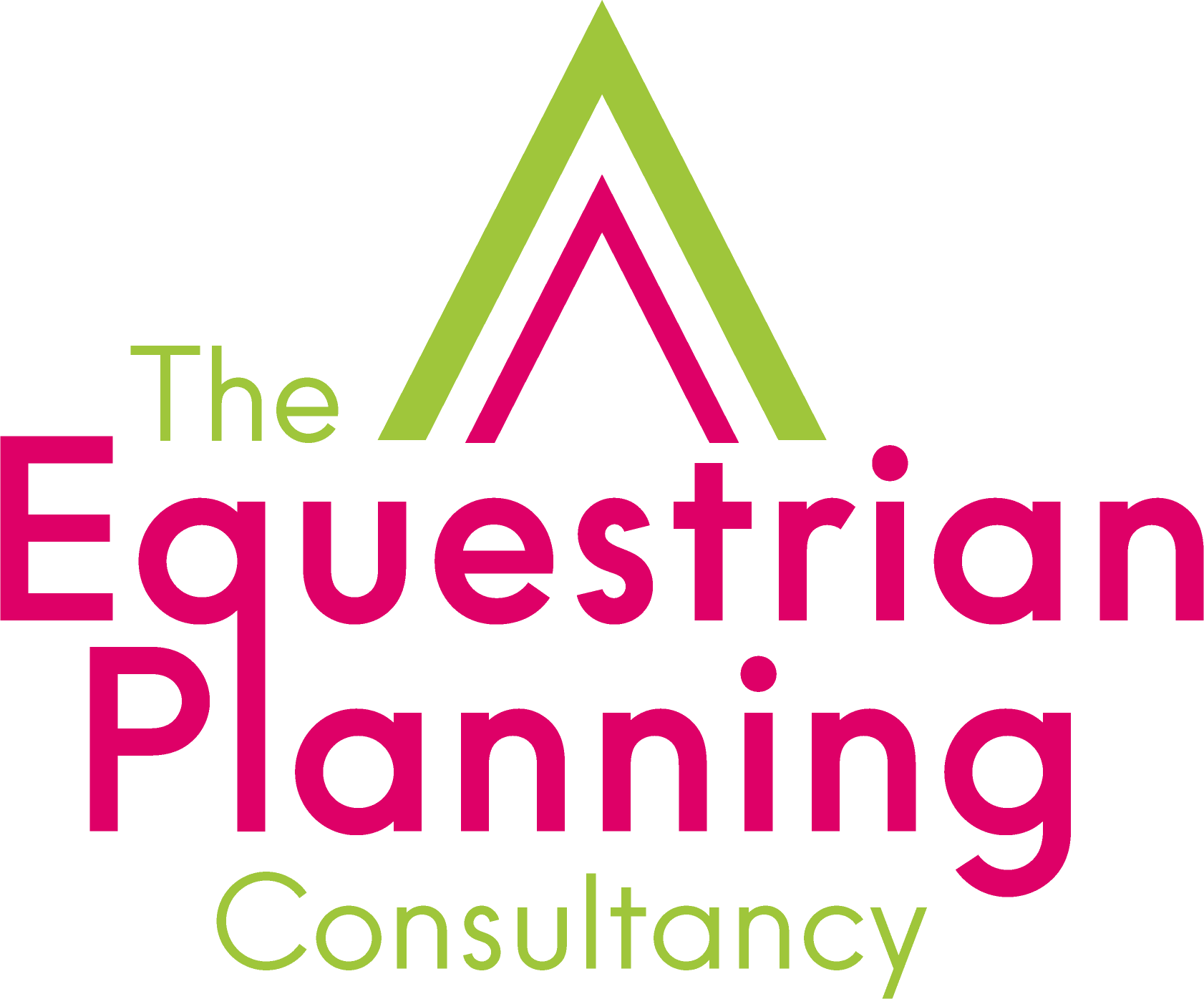We’ve previously covered, in basic terms (within other news articles), what you need to submit with a planning application but, more specifically, what do Councils require for a valid equestrian application?
The approach to equestrian related development is highly varied from Council to Council. Some Councils do not have any policies (or validation guidelines) relating to equestrian development proposals and, therefore, it often falls to consider, or present, proposals against more generic Local Plan policies relating to (for example but not limited to) landscape character and design. Some Councils do, however, have very specific policies for equestrian related development with some going as far as having specific sections for equestrian development within Supplementary Planning Documents (SPDs).
Where such guidance is adopted by a Council, it can contain very specific information against which proposals would be assessed including, but not limited to, the size of proposed stables, preferred construction methods and/or materials as well as the sizing that they would allow in relation to outdoor arenas. Unfortunately, however, it is not clear who writes such guidance and where the information is taken from, albeit some Councils do revert back to guidance outlined by the British Horse Society, which can result in a need for some discussion and justification.
It is essential, therefore, that in preparing and submitting applications, that full justification is put forward as to the appropriateness of the proposals in terms of scale and design in order to maximise the chance of success. In some cases, there is a need for appropriate justification from, or in comparison to, guidance which is set out as well as policy within the relevant Council’s Local Plan. Overall, however, the approach for an equestrian application will, and can, vary according to site location (and its individual site constraints) as well as planning policies of the particular Council.
Generally speaking, for equestrian development, depending on the level of development, Council’s will request the following:
- Completed application form and ownership certificates including the correct planning application fee;
- Location and block plans at an appropriate scale as well as proposed floor plan layouts and proposed elevations, where applicable, to an appropriate scale;
- The dimensions should be included, on plans, within stabling proposals to ensure compliance with relevant space standards which, as noted above, are generally considered by most Councils in accordance with the recommendations by the British Horse Society;
- Details of any onsite parking, vehicular access and turning areas;
- A Planning, Design and Access Statement should be utilised to outline details of external building materials for proposed buildings as well as details of landscaping and screening of the proposal where necessary cross referenced against plans as appropriate;
- Where stables are proposed and details of the proposed use are always required insofar as there is consideration, for example, as to whether proposals are for commercial or private use and the implications of this (in relation to matters such as, for example, highway safety or residential amenity);
- If external lighting is required, on stabling, or in the context of an outdoor arena, a lighting plan is required noting the location of lighting including lighting levels and specifications;
- Surface water drainage details are often required, where applicable, and a site-specific flood risk assessment (FRA) can be required for sites which stand within Flood Risk Zones or, for example, exceed the size (area) threshold for which an FRA is required as set out within the relevant footnotes of the National Planning Policy Framework;
- Preliminary Ecological Appraisals and/or Baseline Habitat Assessments which then feed into mandatory Biodiversity Net Gain to demonstrate how, as a result of the proposals, the site will achieve a minimum of a 10% net gain in Biodiversity as a result of the proposals and how this will be managed and monitored for 30 years post development (the last document is normally secured via condition).
Many enquiries, for equestrian development, are initially surprised by the volume of information which is required for applications of this nature.
Anyone can in theory submit a planning application, but this does not always mean that an application is valid and will be considered by the Council without the correct information. Use of a planning consultant can, therefore, ensure that appropriate documentation is sourced to avoid unnecessary delay within a process which, even for simple proposals, can take several weeks. Equally we can, and do, often successfully challenge some requests for information or reports which we feel are disproportionate or unnecessary to the proposals.
We are used to dealing with equestrian applications across a wide range of Council’s and, due to our equestrian background, we are well placed to understand both the policy requirements and your requirements in order to justify your proposals to the Council. This ensures that any proposals that are presented to the Council are done so in a manner which will ensure the greatest chance of success and secures the required planning permission.
